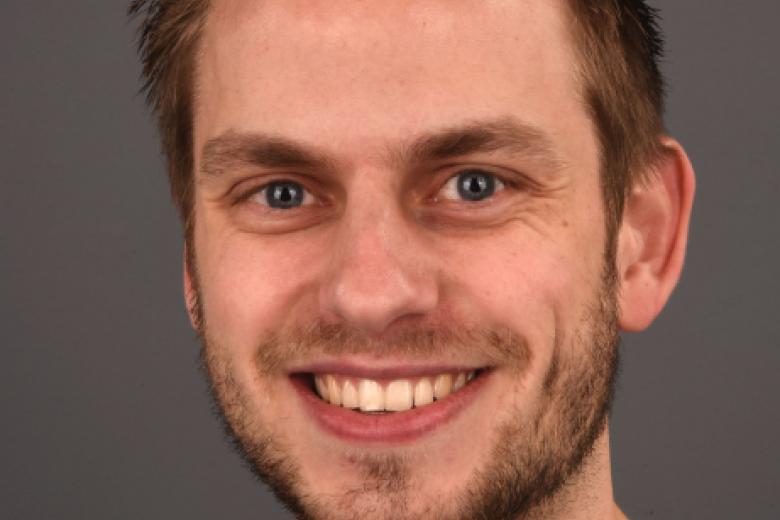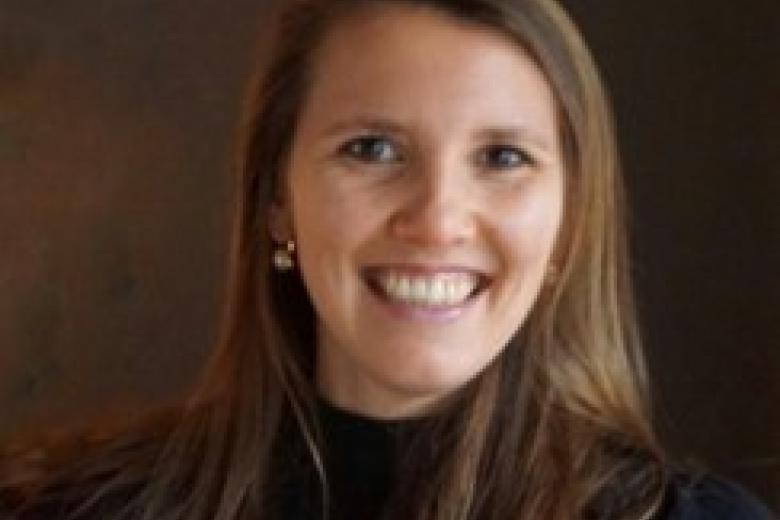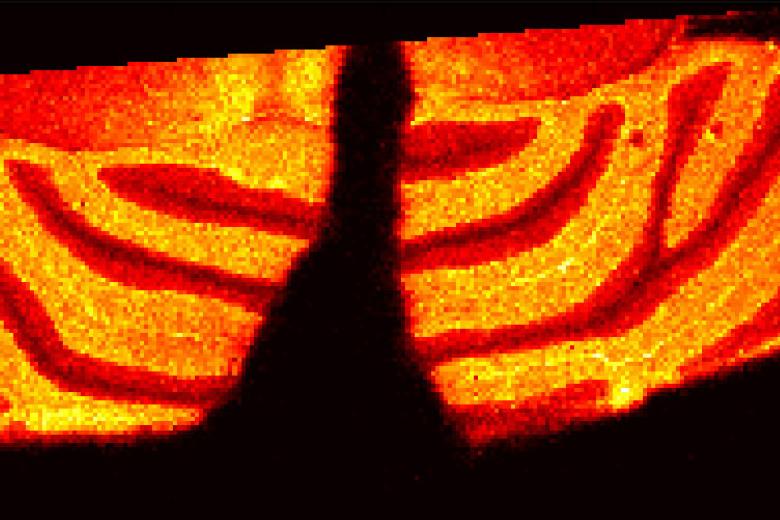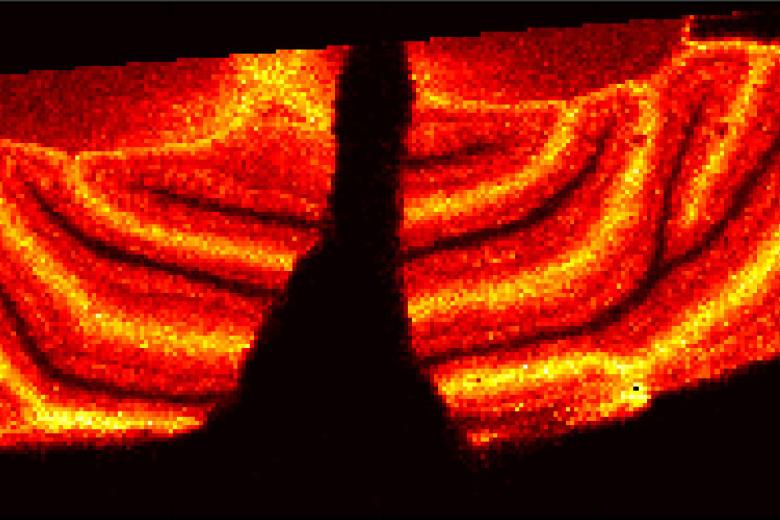Maastricht technology makes simultaneous lipid imaging and identification possible
Scientists from Maastricht University (UM) and researchers from Denmark and Germany have developed a new technique to accurately determine both the location and identity of lipids in bodily tissues in a single workflow. Lipids are essential molecules in every cell of our body and intimately involved in many important biological functions. They have also demonstrated to have great diagnostic potential for a variety of diseases such as cancer, stroke or Alzheimer’s. Until now, it has been virtually impossible to precisely localize, analyse and identify these molecules simultaneously. “Our new technique ensures that in the near future medical researchers will be able to determine the severity of different disease processes by knowing exactly how and where lipids are altered in diseased tissues”, says Maastricht Professor Ron Heeren. The findings of the research team were published this week in the prominent scientific journal Nature Methods.
Rapid analysis of molecules
Mass spectrometry imaging is a technique that can generate in one image a detailed molecular map of the tissue. Researchers use this technique, among other things, to determine exactly where certain molecules are located and how these are influenced by the onset and progression of disease. “This way, we can analyse thousands of molecules in one measurement. In this case, we automatically localized and identified over 100 unique lipids in brain tissue which play a role in various disease processes”, says Ron Heeren, director of the Maastricht research institute M4I. “The technology we developed allows researchers to generate molecular images of pathological tissue sections in which every pixel in the image contains a full molecular lipid catalogue. The ultimate goal is to use this technique to set up a database of lipids of each specific tissue type within a biological specimen.”
Role of lipids
Previously, the M4I team studied the role of lipids in the progression of bacterial infections. “The major advantage of this technique is that we can very accurately determine the severity of an infection within a short period of time - and based on the type of lipid, also how the infection is behaving in a patient. Secondly, in many disease studies, for example cancer, we observe significant alterations in lipid patterns arising within the cancerous tissue. With this method we can now precisely identify which lipids change as cancer develops and use this information to understand the molecular processes responsible for cancer progression. Ultimately this could lead to new therapies that target these chemical alterations” says M4I Assistant Professor and first author Shane Ellis. Currently, the M4I team is studying the role of lipids and the influence of subtle changes in lipid structure in a variety of biomedical studies where this new methodology will be applied.
Technical tour de force
The published research is not only pioneering for medical purposes, but it is also a technical tour de force. This is mainly thanks to the interpretation software developed by scientists at the University of Southern Denmark (SDU) and VILLUM Center for Bioanalytical Sciences in the city of Odense. The study enables researchers to do two simultaneous measurements. A single, high-resolution imaging experiment as well as a detailed structural analysis of the detected molecules is executed simultaneously. Furthermore, this method is coupled to a robust lipid identification workflow that automatically processes the gigabyte-sized data files. “This research is unique on several points: the simultaneous measurements in combination with the analysis have not been done before, and also the instrumentation is currently only available in Maastricht. At present, these kinds of detailed lipid analyses cannot take place anywhere in the world outside of the M4I lab”, Ellis says.
EURLIPIDS
This M4I-led study is the first example of what is possible within EURLIPIDS. At the initiative of UM and the Dutch chemical company DSM, various parties from the Meuse-Rhine Euro region (roughly the area between Leuven and Cologne) have come together in the EURLIPIDS cross-border project that launched earlier this month. This involves knowledge partners and innovative companies in the fields of technology (RWTH Aachen, M4I, Brightlands Chemelot Campus and the universities of Liège and Leuven) and medical science (Maastricht University Medical Centre, Hasselt University and the Uniklinik in Aachen). EURLIPIDS is being executed within the context of Interreg V-A Euregion Meuse-Rhine, with financial support from the European Regional Development Fund.
Also read
-
No evidence of brain damage caused by severe COVID-19
Patients admitted to hospital due to a severe COVID-19 infection exhibit no evidence of brain damage caused by the disease. This is the conclusion of an extensive study led by Maastricht University.

-
Cold shivers?
Due to the Western lifestyle with a high fat diet combined with little exercise, more and more people in the Netherlands are overweight or even obese. This causes an increased risk of type II diabetes. What can be done about this besides a healthier lifestyle? The answer comes from an unexpected...

-
Quantity and Quality
Survivors of colon cancer often have symptoms associated with the cancer or treatment for years after treatment, such as fatigue and tingling in fingers and feet. This has a great impact on the perceived quality of life. Whereas current lifestyle advice is mainly aimed at prevention of (colon)...



